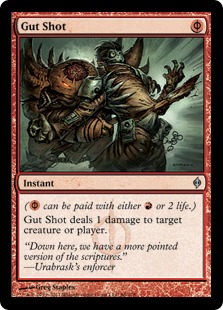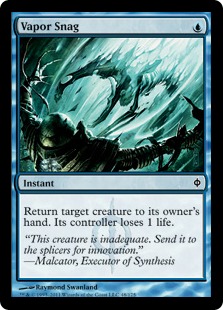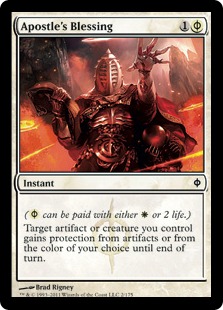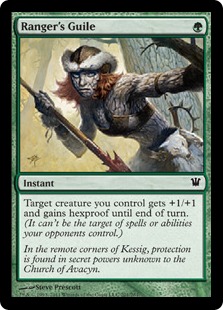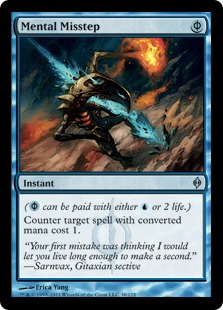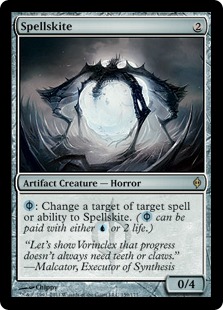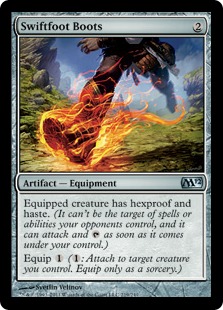It wasn’t that long ago that I was taken down by a Poison deck at the top table of the PTQ. It’s always a good feeling to be sitting at Table 1, even when it is early in an event like this was. Of course, when you lose the match, there are more eyes on it when you do, but a first loss doesn’t feel so rough; you can always continue onwards and make it to the Top 8, right?
That day, I didn’t. But after defeating me, the Poison deck (Infect deck if you prefer) continued onwards and upwards into the Top 8 and ended up being one of two Poison decks in the Top 8.
I kind of sat up and took notice, right there.
I put together a list not based on what I thought should be in the deck but what I thought had been in the deck I played against. It was just a guess, but here was that attempt to decipher the deck based on watching it play that day:
Spells (29)

I was pretty surprised that I hadn’t seen certain cards. Cathedral of War was one of the big ones, and Livewire Lash was another. In the deck that I posted, I was pretty sure of the low land count mostly because there were a number of cards where it seemed like it was quite likely to have had a high count. I kept seeing Titanic Growth, for example, so it seemed reasonable that my opponent was running a fair amount of them. Similarly, I kept seeing even more Apostle’s Blessing, so here I was pretty confident that the deck had four of them.
The thing about an Infect deck that is just so frightening right now is the sheer amount of damage that the deck is able to produce. It has already been well-covered territory to describe poison as twice as valuable as life, so an Infect creature is, in essence, much like a double striker. Take this image, for example:
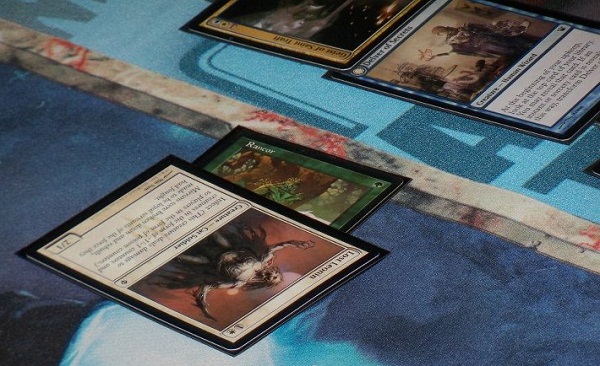
Here, we see a Lost Leonin with Rancor coming into the Red Zone versus a Geist of Saint Traft and a Delver. At first glance, it might seem like the poor Leonin player is in bad shape, and they might well be, depending on the kind of hand the Delver player has. But the Delver player is facing, at minimum, a loss of 40% of their health. If they have a Gut Shot or a Vapor Snag, a Ranger’s Guile could suddenly put that number to 50%. Another pump spell could take it even further. On the return, they are currently facing (should they not block) a hefty chunk as well, seven to nine life. The thing to note is that this little sick Leonin is producing roughly the equivalent of a threat as a Delver and a Geist. That’s pretty crazy.
The real problem for the deck can be summoned up in that image, though:
Damn are these Infect creatures fragile…
Protecting the Sick
When all it takes is a Gut Shot to kill nearly every creature in your deck, this is a significant problem. After all, the de facto “best deck” isn’t exactly surprising anyone when it plays four Gut Shot, and they also tend to, on top of it, play Vapor Snag as well.
It is Vapor Snag’s job, as Mike Flores said in the coverage of the StarCityGames.com Standard Open in DC this past weekend, to go down a card. The whole point of Vapor Snag is to just undo the work you’ve done, even at the cost of a card. Against a deck like Infect, though, even Vapor Snag can manage to do this work without the loss of a card. The reason: Infect decks generally are all about putting some eggs in a basket.
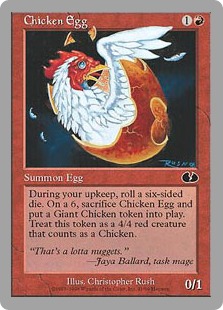
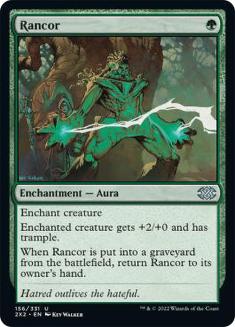
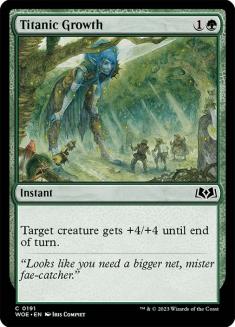

Rancor is an incredible card on an Infect creature. But it is also still a creature enchantment, and if you time a Vapor Snag against an Infect creature so that the Rancor fails to have a target, you’ve just managed to turn your one-for-none into a one-for-one. This matters. Even if card advantage isn’t the thing, it is still a thing.
It is even more powerful when it is stopping the attempt to win on the back of several pump spells. Each pump spell might be acting like a pseudo-burn spell, but it isn’t one. Not really. Like a burn spell, a pump spell just goes away, but since the effect you’re looking for is riding on the back of a creature, that timely Vapor Snag just gets to stymie all of it in one fell swoop. Turning your opponent’s Vapor Snag into a Flusterstorm is not a good feeling, and so one can see that there are real things holding back an Infect player. And all of that is without even going into the ways that other decks might fight against it:
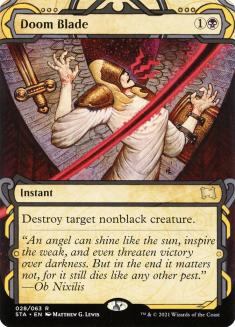
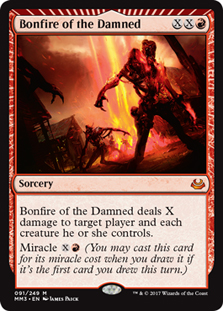
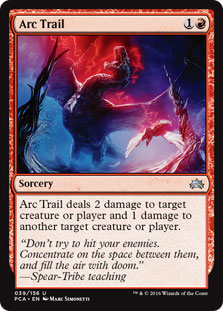
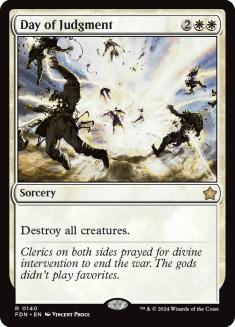
Fortunately for the plucky Infect player, there are a number of cards that you can actually use to protect your little poison-mongers.
Amusingly, any pump spell tends to be effective against one of the most common cards, Gut Shot. In fact, if your opponent isn’t wise with how they use their removal, you can often get a free win as your opponent foolishly waits until the last possible moment to kill your Glistener Elf and then gets punished by first one pump spell and another for good measure.
Of course, you can’t necessarily protect all of your creatures in this way. This is why these decks tend to have a few other spells in the mix. This begins typically with:
But aside from Apostle’s Blessing and Ranger’s Guile, it can continue further:
If you venture out of the land of mono-green into G/U Infect, it can even include more pure countermagic like Mana Leak and Negate, but for the purposes of this article, we aren’t going to talk about G/U Infect (or Mono-Black Infect for that matter), but instead stick with green, if only because it appears to be the Infect list that has managed to find the most success thus far.
So with access to these four cards, does this solve the problem of the deck’s dangerous Eggy-Wegg problem (all the eggs in one basket)?
Well, not exactly.
A part of it boils down to the nature of the deck:
There simply aren’t very many creatures that actually matter for the deck. Typically, in a competitive Infect deck, you’re going to have to rely on some combination of these creatures:
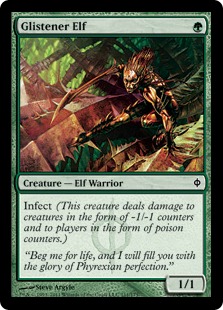
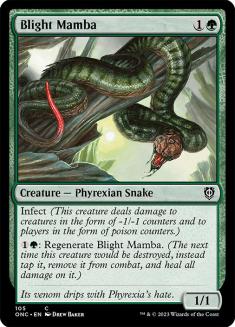
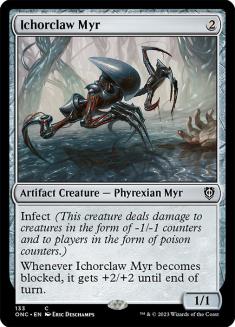
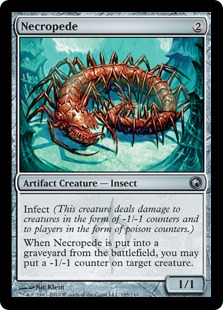
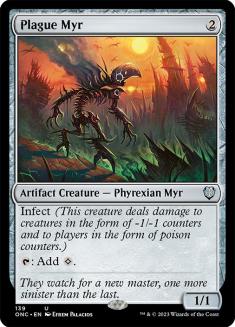

Now, of course, you could go up the chain into more expensive spells like Putrefax, but the fact of the matter is that the majority of the strength of the Infect deck comes from its ability to kill so remarkably fast that you don’t have time to prepare a defense. This is why it relies on so many cheap creatures, and Wizards of the Coast R&D wisely understood that Infect as an ability was a potent one. This makes these cheap creatures small and fragile.
Armed with the task of having enough of these creatures to function, mixing it with proper preventative countermeasures, and having the support spells to make these creatures scary and dangerous is a difficult task. In fact, what it boils down to is that there simply isn’t enough room to make it work without giving up a little bit here and a little bit there.
Take each of the protective cards to understand why: Apostle’s Blessing and Ranger’s Guile are both incredibly effective at what they do, but they also cost mana to work. This can mean that not only if you’re tapped out are you going to be vulnerable with these in your hand, but if you are trying to be proactive you are going to be taxed for mana in the attempt.
This is partly why you see some decks move towards Mental Misstep. Of course, there is a problem in this path, as well. Mental Misstep is a fine card, to be certain. It is especially fine if you are using Mental Misstep to stop something from happening in a critical moment: the Vapor Snag or Gut Shot that comes at the inopportune time, for example. But a lot of the time, Mental Misstep just rots in your hand. You get put to the question: do I use this now or not a lot. And, importantly, against the deck that you most want to Mental Misstep against, various Delver decks, the cards that you really want to Misstep are their non-creature spells. Conveniently for them, they also are four Snapcaster (and sometimes 3-4 Angel) lists, so your Misstep only hits half of what it needs to hit. This is why Gerry Thompson and Travis Woo have both talked about how insufficient Mental Misstep feels in non-Snapcaster decks of all kinds.
This isn’t to say that Mental Misstep won’t sometimes do some incredible things. In fact, it is still a great card at times. But with Infect, you generally don’t care about their Delver because you are so much faster than they are and there are other fights to fight. It really is about fighting the Snags and the untimely Gut Shots. Since there are plenty of ways to fight this, Mental Misstep is one that I, personally, don’t put too much credence in, particularly when the opponent might use other removal to get rid of a creature other than one casting cost removal.
The final usual card here is Spellskite. Spellskite is an interesting path to take. It doesn’t at all further the Infect plan, which is definitely a downside. It is also expensive for the deck. But it does manage to provide a huge insurance policy for the deck against nearly all of the common removal, with only Go for the Throat continuing to be an issue since the Spellskite can’t manage to redirect that spell to itself.
Always, though, there is the question of real estate: you’re trying to make things fit into 60 cards and fitting it all in is a challenge. So what do you do?
Two Decks From DC
Out of the 630 decks in Washington, DC this past weekend for the StarCityGames.com Standard Open, there were two Infect decks near the top of the list. The two players, Rich Stein and Thomas Chafe, got 29th and 51st place, respectively, finishing at 7-2-1 and 7-3, each basically a stone’s throw from Top 8.
Here are their lists:
Creatures (15)
Lands (20)
Spells (25)

Creatures (12)
Lands (21)
Spells (27)
- 4 Rancor
- 4 Mutagenic Growth
- 4 Apostle's Blessing
- 3 Gitaxian Probe
- 2 Gut Shot
- 4 Titanic Growth
- 2 Ranger's Guile
- 4 Wild Defiance
Sideboard

There are two huge differences between these lists, each related to each other. One is about the commitment to defense, and the other about offense.
Stein is deeply committed to a defensive slant. With three Spellskite and four Mental Misstep, he is dedicating some effort to this. He still has the Apostle’s Blessing and Ranger’s Guile, but he’s only dedicating two slots each to this choice.
Importantly, if we look at his creature selection, we see another bit of evidence of this dedication: Necropede over Ichorclaw Myr. Necropede has the ability to take out two creatures via its death trigger, but it certainly isn’t nearly as able to be aggressive in combat like the Ichorclaw is.
In addition, Stein only has one Titanic Growth, to make his dedicated pump spells actually very few (notwithstanding the mainstay of four of each Rancor and Wild Defiance).
In comparison, Thomas Chafe is fully dedicated to a more aggressive stance, running four Titanic Growth, one of the most expensive instants that the deck could be running. In addition, he runs zero of the blue-based protective spells in the main, though he does use Gitaxian Probe to check if the coast is clear.
There are things I like about both lists, certainly. Every card that they have in common feels pretty close to right to me. At the same time, there is enough divergence between the two that it is clear that there is not a true consensus on the path to take on the deck. Both decks were close enough in terms of success to each other that it is hard to decide to go one way or another, but of course, this is the realm of judgment.
Bringing the Two Decks Together
In terms of commonalities, we have these cards:
4 Glistener Elf
4 Blight Mamba
4 2CC Infect
4 Rancor
4 Wild Defiance
4 Mutagenic Growth
2 Ranger’s Guile
2 Apostle’s Blessing
2 Gut Shot
1 Titanic Growth
12 Forest
4 Cathedral of War
4 Inkmoth Nexus
That takes out 51 (47) of our cards right from the get go! These are all choices that I largely think have merit.
Having played a fair amount of Infect in testing in the last few weeks since losing to it in that PTQ, I’ve come to a few conclusions.
First of all, you need to make sure that your deck, no matter how much it invests in protecting its creatures, also has a sufficient amount of aggression. One of the things that I don’t like about Stein’s list is that I don’t really see the merit of Necropede. What we aren’t doing here is trying to control the board. An Infect deck gains its strength from putting the opponent on notice; I want to make sure that I am doing the same thing.
Secondly, you need to have a fair amount of investment in making sure that your creatures survive in order to connect. One of the simplest ways to do this, I have found, is in running Gitaxian Probe, just to be able to see what the danger is at any moment. There is a shocking amount of time that the coast is completely clear.
Third, you’re a Wild Defiance deck. When you’re looking at a Wild Defiance deck, it is important to realize just how much you can pump up a creature with it. This is a part of the reason that I prefer a card like Apostle’s Blessing and Ranger’s Guile to Mental Misstep: when the coast is clear, because you are a Wild Defiance deck you can potentially just kill the opponent. Blessing and Guile have the same weakness to Snapcaster on the original threat that Misstep does, but they have the upside on just taking the win.
With all of that in mind, here is the list:
Creatures (15)
Lands (20)
Spells (25)

This deck embraces several elements of Stein’s deck while still being the aggressive-style that we see in Chafe. This stance is, I think, critical to what makes the deck work.
So, as a result, we do see the use of Spellskite. But, in addition to that, we are not running Mental Misstep at all and are instead making use of other cards to make sure/keep the coast clear. I’ve absolutely loved Gitaxian Probe and am still thinking about a fourth, but I haven’t found the space to put it in.
The one Titanic Growth is largely there to “keep ’em honest”; you can get a lot out of being able to add that much power to an Infect creature, but really, that isn’t the way that you usually want the deck to be going. The deck simply doesn’t have enough creatures and enough land to make that a reasonable way to play your deck. Something has to give, and Titanic Growth is that something.
There might be a lot of people surprised by the use of Swiftfoot Boots in this deck. While the card is too narrow to run more of, it actually ends up accomplishing a lot in this deck. It functions like another Spellskite in making sure that the coast is clear, albeit a super Spellskite. As a completely greedy card, much like Titanic Growth, running more than that just is asking too much.
The rest of the deck has the usual suspects that we’re accustomed to seeing in an Infect deck like this. For the most part, the card selections are an amalgamation of the two lists, with a leaning based on keeping the deck aggressive but still not being too wild with our choices.
The sideboard is very nearly exactly Stein’s or at least what Stein had access to after boarding. There are many good reasons that I can see for his board.
Against some decks, you just absolutely need Beast Within. I can tell you that Gideon Jura is a huge problem and you absolutely need to be able to take care of it. Elesh Norn is a similar problem. Again, Beast Within to the rescue.
The Grafdigger’s Cage and Surgical Extraction are largely there to deal with the fast Norn or the Reanimation of any other huge monster. The problem for this deck is that if the game gets to that point, it can often be irrevocably over, and those graveyard decks are often so slow otherwise that this is sufficient to take care of business.
The rest of the deck is just a little more of this, a little more of that. Pistus Strike is a great card that Stein used because you actually are very commonly in a true footrace with Delver and Pistus Strike can make all of the difference. I’ve only cast the card once but definitely see the value in it, and when I look back to the old games I played before playing the card, I’m happy to see a few of these included in the board.
Overall, I think there is a lot here. I know that as far as I can see, the poison strategy from Infect might be one of the most frighteningly fast decks that Magic has ever seen in a creature strategy in Standard. That is saying a lot. There is still something to be worried about here with the fragility of the creatures, but using Spellskite and Swiftfoot Boots on top of your instants goes a long way towards making that not a concern.
I’m still not sure what I’m playing at this coming weekend’s PTQs, but this is near the top of my list.
Until next week,

